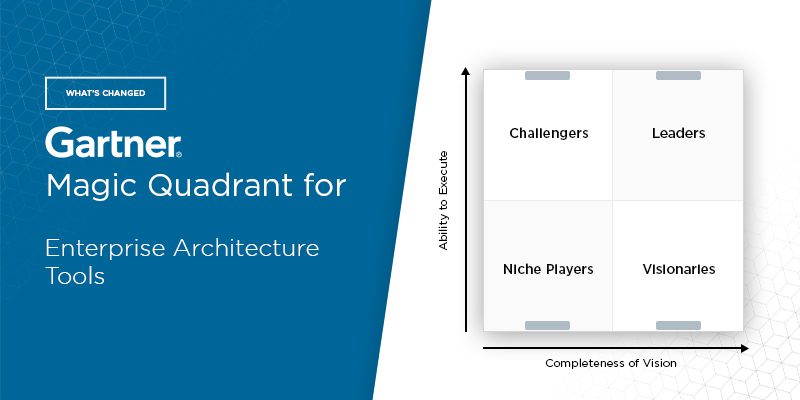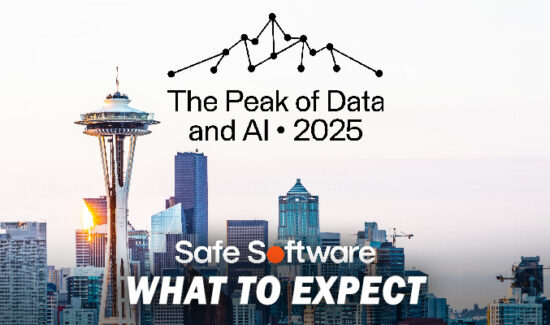What’s Changed: 2021 Gartner Magic Quadrant for Enterprise Architecture Tools


The editors at Solutions Review highlight what’s changed since the last iteration of Gartner’s Magic Quadrant for Enterprise Architecture Tools and provide an analysis of the new report.
Analyst house Gartner, Inc. recently released the 2021 version of its Magic Quadrant for Enterprise Architecture Tools. Enterprise architecture tools assist organizations in assessing the need for and impact of technological change. Gartner defines the market as helping organizations to “shine a spotlight on themselves and their industry. They capture the interrelationships and interdependencies within and between an ecosystem of partners, operating structures, capabilities, processes, applications and technologies. They provide a central repository to capture data and metadata about the artifacts that an enterprise cares about — all types of objects and assets, and their related life cycles.”
These products also assist with investment decisions at the level of both IT and the broader enterprise. The researcher adds “When models are combined with operational performance data, they can help improve business outcomes and shape the construction and ongoing development of digital platforms.” While Enterprise Architecture tools must include capabilities for repository, modeling, analysis, presentation, usability, configuration and management, and frameworks, they can also feature functionality that supports extensibility, publication, integration, automation, and innovation management.
Gartner notes that enterprise architecture tools are increasingly servicing a wide audience of user personas. They are also utilized by a “broad array” of architectural and IT disciplines in information, solution, security, applications, and infrastructure. Vendors in this marketplace employ different strategies when it comes to handling and representing the data and metadata in the repository by including the use of classification, color-coding and tagging, grids to tabulate objects and aggregate metrics, graphs to visualize data and metadata, roadmaps and project plans to represent a future vision and filtering to support the needs of different users.
In this Magic Quadrant, Gartner evaluates the strengths and weaknesses of 16 providers that it considers most significant in the marketplace and provides readers with a graph (the Magic Quadrant) plotting the vendors based on their ability to execute and their completeness of vision. The graph is divided into four quadrants: niche players, challengers, visionaries, and leaders. At Solutions Review, we read the report, available here, and pulled out the key takeaways.
Software AG is the overall leader in this Magic Quadrant, with BiZZdesign a close second as both vendors hold nearly identical footing on Gartner’s Completeness of Vision scale. Other Leaders include Avolution and MEGA International. With the four major players so close to one another in the report’s top bracket, any number of factors could see this space become a bit more jumbled in subsequent iterations.
In a similar fashion, Magic Quadrant Challengers face a similar clustering as the Leaders for 2020. Though this tells us that there are a number of solid, mature options for a variety of use cases and industries, it muddies the water when buyers are evaluating their options. BOC Group and LeanIX hold similar positions across Gartner’s horizontal axis and either vendor could be upgraded in 2021. QualiWare and Orbus Software are also tightly positioned in the lower-right of the bracket.
Capsifi was founded in 2013 but this was the first year it met Gartner’s criteria for inclusion. Capsifi’s operations are mostly APAC-based but the vendor does have a growing presence in North America. It primarily services clients in the financial services, insurance, telecom, and public sector. Its flagship product is called Jalepeno and is built around a semantically aligned knowledge graph and an ontology for business change that supports a range of functionality. Capsifi’s product innovations are unique because they put emphasis on the future to elevate the traditional role of enterprise architects.


















